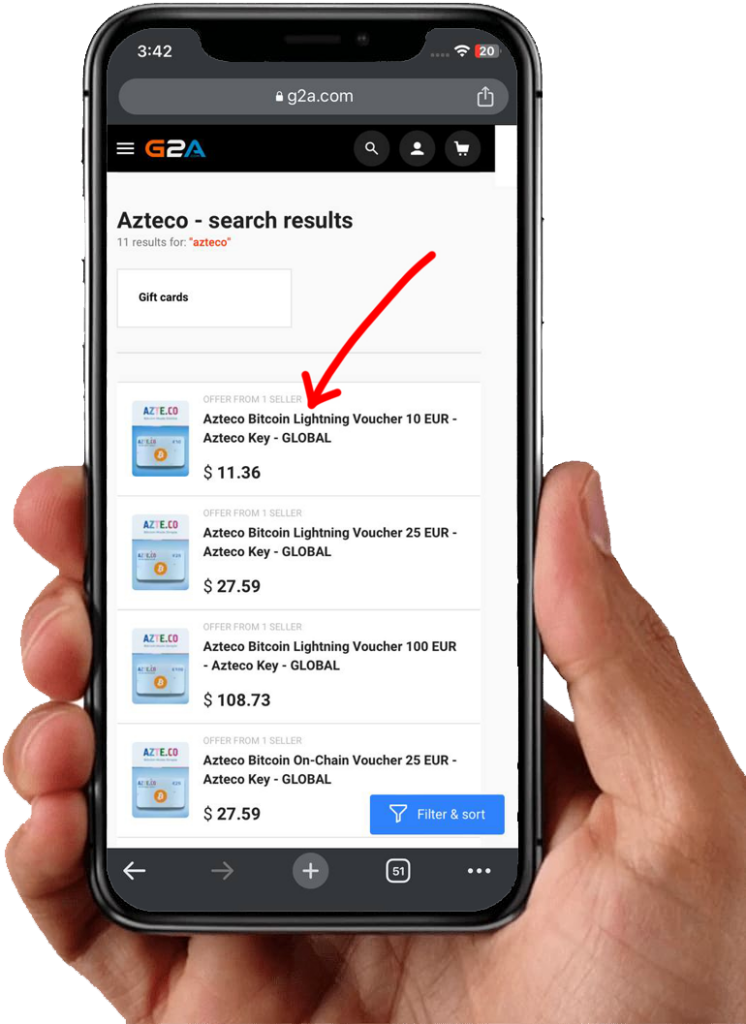Weed for sale is a substance that alters the mind. It is from a plant known scientifically as Cannabis sativa. Tetrahydrocannabinol (THC) is the drug’s primary active chemical. Also, it may cause relaxation and heighten the senses.
Weed is a generic term for marijuana leaves, stems, seedlings, dried, cut up as well as cannabis plant flowers. This mixture is typically green, brown, and yellow or gray in color and may look similar tobacco. Lower quality weed for sale typically contains all parts of the plant. Moreover, higher quality weed for sale frequently only has the plant’s buds and flowering top.
So, weed for sale is typically smoked as a cigarette, known as a joint, or in a pipe or bong. Additionally, the drug is also smoked in blunts, which are cigars that have been hollowed out and refilled with marijuana, sometimes in combination with other drugs like crack cocaine. Also, marijuana has also been mixed into foods and brewed into tea.
WHO USES IT?
Weed for sale is used by people of all ages; according to the National Household Survey on Drug Abuse, 37 percent of U.S. residents aged 12 and older have used marijuana at least once in their lives. Also, the survey reveals that a significant proportion of teenagers and young adults use marijuana: 20% of those aged 12 to 17 and 50% of those aged 18 to 25 used the drug at least once.
Weed use is especially prevalent among high school students. Also, according to the University of Michigan’s Monitoring the Future Survey, nearly half (48%) of high school seniors in the United States used the drug at least once in their lifetime, and 22% used it in the previous month.
WHAT ARE THE RISKS OF USING WEED?
So, weed for sale impairs attention and coordination and alters the way the mind processes information even at low doses. Furthermore, the use has contributed to automobile, household, and occupational accidents, causing harm to both the user and others. So, weed in high doses can cause image distortion, loss of personal identity, and hallucinations.
Weed for sale abuse can also result in serious physical and mental issues such as frequent respiratory infections, impaired memory and learning ability, increased heart rate, anxiety, and panic attacks. Individuals who use the drug on a regular basis may experience the same symptoms as tobacco smokers, such as cough, phlegm, chronic bronchitis, and frequent chest colds. Furthermore, because
Marijuana contains toxins and carcinogens, and marijuana users are more likely to develop cancers of the head, neck, lungs, and respiratory tract.
HOW TO STOP CRAVINGS
Making the decision to stop using can be difficult. There are many reasons why people smoke weed This includes habit, social pressure, and/or psychological or physical dependence. Quitting smoking is a highly individual experience, and the same methods do not work for everyone. Maybe you tried to quit before and gave up.
To resist cravings:
- Remove your paraphernalia. Lighters, matches, roach clips, bongs, and containers should be hidden, given away, or thrown away. Don’t forget to check places where you might find roaches or seeds, such as purses, pockets, or drawers.
To avoid temptation:
- Spend more time in places and activities where getting high is impossible.
- Try to avoid people with whom you got high.
- Do more things at home and after class that aren’t related to getting high.
Change Your Daily Routine:
- Alter your morning routine. (Arise at a different time, reverse the order of events such as showering, clean your teeth, walking the dog, eating, and reading the newspaper, and listening to a different radio station.)
- Change your school and work schedules. (Rearrange your seat in class, hang your coat, organize your desk, open mail, make calls, water plants.)
- Alter your driving habits. (Try a different route to work or class, listen to a different radio station, adjust the radio volume, and open or close windows.)
- Alter your study habits. (Research in the library)
Avoiding Hunger and Tiredness:
- Get at least the recommended hours of normal sleep.
- Consume three meals per day. (Do not limit yourself to one or two meals per day.) Eat a few nutritious snacks throughout the day.
Keep yourself busy. Fill time to assist in changing thought patterns.
- Pay a visit to a friend who does not use.
- Make repairs around your dorm, house, or apartment.
- Keep your room clean.
- Take up a new hobby.
- Enroll in a fun course, such as Latin dance or an art class.
- Attend a movie.
- Curl up with a good book.
- You can knit or sew.
- Play some jigsaw or crossword puzzle.
- Have fun with a video game.
- Get some exercise.
- Do more research!
ADDITIONAL TIPS
Remove yourself from the scene of an urge. When possible, avoid situations that trigger an urge. A short walk or change of scenery can be very beneficial. So, remember to limit your temptation before it overwhelms you.
Deep breathing. Breathe deeply through your mouth. Hold your breath for five to seven seconds. Slowly exhale through puckered lips. Rep until the urge has passed.
Fill your mouth with something. Sugarless gum, sugarless candy, toothpicks, pen or pencil, coffee stirrer, or straws are all options.





















































